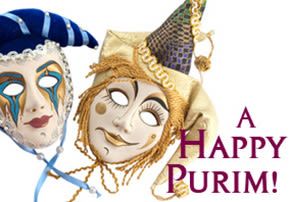
Happy Purim!
With Purim only two weeks away, the Melitzer Rebbetzin describes the behind-the-scenes action in preparing for one of the most joyous days of the Jewish calendar.

Well Chanukah has passed, the war has …passed? And we’re now in the countdown to Purim!!
Yay!! Purim!! that beautiful, jolly, fun-filled day overflowing with music and costumes and mishlo’ach monot (food-basket gifts that people send each other)! A day when everyone’s happy and in a good mood and everyone’s door is open. People are continuously coming and going, giving and receiving mishlo’ach monot and children in the most wonderful and varied of costumes are running up and down the streets. Lively Purim music can be heard from the houses and passing cars and some of the cars have balloons on top of them and streamers streaming from the windows, and everyone has this huge smile plastered on their face.
Oy Purim! Just the word itself is enough to bring a huge smile to my face and make me want to get up and dance round my kitchen.
We’re not quite there yet but you can certainly tell that it’s “erev Purim” in the streets. The hot topics of conversation amongst the ladies are mishlo’ach monot and costumes for the children. When it comes to the mishlo’ach monot the discussions center on who should they send mishlo’ach monot to, and for those who try to make something different every year, what theme they should use this year.
Usually those who have a “theme” try to assemble a mishlo’ach monot with items that tie in to the theme. I can remember receiving a mishlo’ach monot with a “breakfast” theme that was so beautiful that I still remember it to this day. In that mishlo’ach monot were the following:
There was a center-piece that was a beautiful platter of artistically arranged vegetables with little containers of pickles and olives round it. There were also – hold your breath …an assortment of rolls, jams and spreads, different types of cheeses and yogurts and some small boxes of different sorts of cereals. To complete it there was an assortment of teas, coffees, sugar and sweeteners (for the weight conscious) and finally a carton of milk. It was all beautifully packaged and an absolute work of art; I really enjoyed looking at it throughout the day, and I also enjoyed a few sumptuous breakfasts after Purim.
But when I think of the amount of work (and presumably money) that went into the making of that mishlo’ach monot, I am grateful that I never undertook such elaborate “works of art”. Once one sets such a standard it’s hard to lower it and after a few years one is hard-pressed to think of new and original “themes”. Instead I have my standard type of mishlo’ach monot which I send to my relatives and friends, and they too send me mishlo’ach monot that is classified as “normal”, i.e. not madly extravagant or expensive.
On the subject of costumes there are long discussions on what to make, how to make it, or maybe not to make anything at all, in which case the option is either buying or borrowing a costume from someone. (Pesach is already under discussion, but before Purim the intensity is still a bit muted; we’re at the “have you actually started cleaning or are you still at the thinking about it” stage).
Not every costume would I let my children wear; not even on Purim could I bring myself to dress a child in a costume that goes absolutely against my ideals or principles. We work so hard on the chinuch of our children that I didn’t want to undo the influence of my hard work (or that my children develop a taste for “forbidden fruits”) by letting them dress up in something that is the opposite of what I want them to be, such as a cowboy (I certainly didn’t want my children to have the hashkofot that go with that type of dress) or a soldier (killing, murdering, guns……Hashem yerachem).
Chinuch is an on-going process which can be loosely translated as “education”, but it is not education in the generally accepted term, i.e. “book-learning and knowledge”; chinuch as we know it in yiddishkeit is a much deeper and all-encompassing “education”. Chinuch is teaching your child to be a good, honest person and an ehrliche yid, and for that reason it is a constant, continuous process – twenty four hours a day, seven days a week. Everything that a parent says or does not say, does or does not do, is a “statement” and an act of chinuch.
But back to Purim: when my girls grew older they were mostly queens or kallot (brides), but I made sure that they had as beautiful a costume as my purse and sewing machine allowed so that they really felt good about themselves. The boys, when they were younger, were usually either Mordechai Hatzaddik or Dovid Hamelech (and not King Achashverosh as many people thought; both “kings” had the same costume but one was a tzaddik and the other a rasha). When they grew older they dressed up as a Rebbe or even “just” a tatte, with a shtreimel, kapotte and beard (just like their tatte) – and then they really were in their element!
I can remember one of my daughters being a box of washing powder (after all clean clothes are not against my principles); she had clothes pegs hanging down her plaits and it was a hugely successful costume that was later borrowed by someone else. Another costume was bunches of grapes and my daughter walked around all day with this halo of (fake) grapes on her head and clusters of grapes pinned to a long cloak; this time I was the one who borrowed the costume.
But the most successful costumes that I ever had were the ones that were ve’nahafoch hu, the opposite is true!!
I was a very young mother at the time with just two children – a daughter and a son, who although not the same age were both the same height. As my son was not yet three years old he had not had his hair cut yet, so had a head full of beautiful golden ringlets, he was also a pretty child, with fair skin, pink, rosy cheeks and an angelic smile. My daughter who was three and a half years old was slim with a short pixie haircut which suited her small face.
On Purim I dressed my daughter up as her brother, and my son with his long golden ringlets, was dressed as his sister.
How do I know that the “costumes” were successful?
A few people, including a sister-in-law (who hadn’t seen my children for a while) stopped me on the streets when I went out to deliver mishlo’ach monot and asked me why I hadn’t dressed my children up for Purim. My reply was: “It’s a day for ve’nahafoch hu – take a closer look!”
As for the Purim seudah…… the beautiful platters of fish so artistically arranged, the golden chicken soup followed by stuffed, roasted chicken – and the pièce de résistance was the stuffed cabbage – that no-one can make like mother; that’s what I said about my mother’s stuffed cabbage and that’s what my children say about mine. And because I know that my children like my stuffed cabbage, I make more than I need and send some to my children in Bene Brak before Purim.
The shops are full of an enormous variety of dazzling Purim costumes (that cost “dazzling” money too), beautifully prepared mishlo’ach monot in all shapes, sizes and containers, and loads (and I mean absolutely enormous amounts) of nosh and delicacies to tempt you. There’s usually happy, lively Purim music playing in the shops which adds to the joy and excitement.
I myself had one “custom” which was “religiously” kept by my children right up to the day they married and left my house. On Purim (and Simchat Torah) I used to allow my children free reign when it came to nosh; in this way they felt the joy of the day in a way that a child understands – eating nosh.
Before Purim and Simchat Torah I would take the children down to the shops that had the largest selection in nosh and buy huge amounts of it (enough in my opinion to last three months). Even the shopping was part of the excitement because I allowed the children to buy whatever they wanted (provided it had the right kashrut hechsher of course) and they really used the opportunity to buy whatever their hearts’ desired.
On Purim morning it was all ceremoniously laid out on the big kitchen table and after breakfast they could take whatever they wanted, whenever they wanted; (forget about eating proper meals for the rest of the day). (On Simchat Torah the process repeated itself after the children came home from shul where they had already consumed vast amounts of nosh)
I can tell you that by the end of the day I was sick just watching them unwrap another sweet or sherbet stick whilst they were still happily munching away and waving a chocolate wafer wrapper in my face with this blissful smile on their faces; (but really their bliss was my joy and pleasure, and just in case you want to know, no-one was ever sick from an over-load of goodies).
To me there is nothing that equals the delirious joy of that beautiful day! People used to drive into our area from the outlying suburbs of London just to watch the festivities going on down our way; it was like a big “carnival” going on all over Stamford Hill.
And in the evening, as dusk was falling and all the mishlo’ach monot had been given and received (and there was this beautiful array of boxes and containers and bags laid out on all the kitchen counters and over-flowing onto any available space in the other rooms) the whole family, married and unmarried children together with the grandchildren sat down to …… SEUDAST PURIM. Some children were tired and cranky and crying by then (and their costumes were either torn or dirty or had been taken off altogether because they were fed up with them) but that was all part of the fun of the day.
The Purim music was still going strong and as we sat round the table, the order of the day, in between eating the seudah, was Purim grammen and jokes. The children had come well-prepared, one with his special Purim Kiddush which you couldn’t make head or tail of, another with grammen on anything and everything, and a third with a mish-mash of Purim Torah – for which they were all well rewarded with laughter and cheers and ……. some MORE nosh! Oy!!
The younger children, not to be outdone had prepared a Purim skit which was memorable for its brevity, disorderliness and …….. sweetness!
Later on in the evening when the little children had fallen asleep and the older ones were playing all sorts of games, the men went off to the Rav’s Purim tisch; the music was quieter now as we ladies sat and noshed and talked and laughed over littered tables till the men came to collect their wives and children late at night. Finally I was left in peace and quiet, with littered kitchen counters and tables laden with the sweet memories of joy and festivity. Baruch Hashem that we’ll have it all over again this year, very soon. Happy Purim!


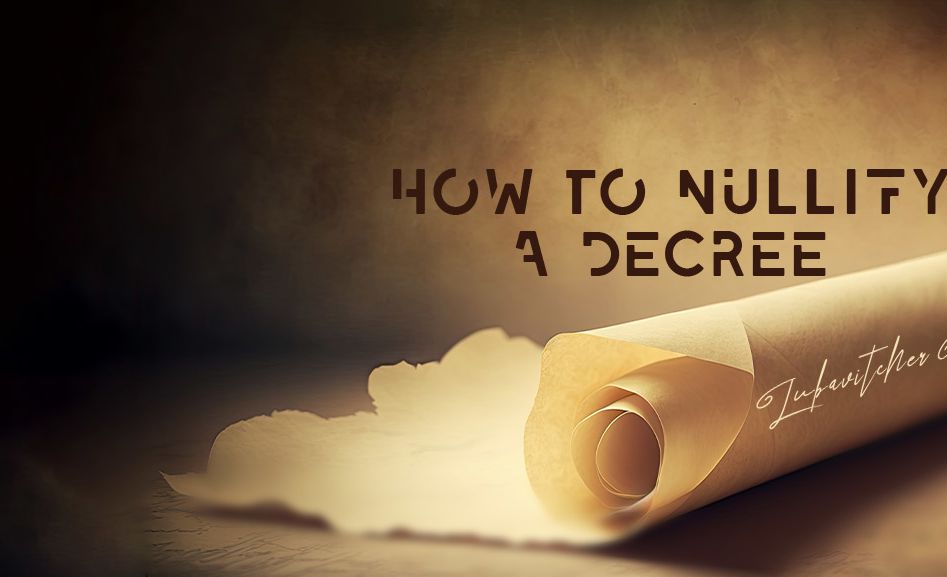
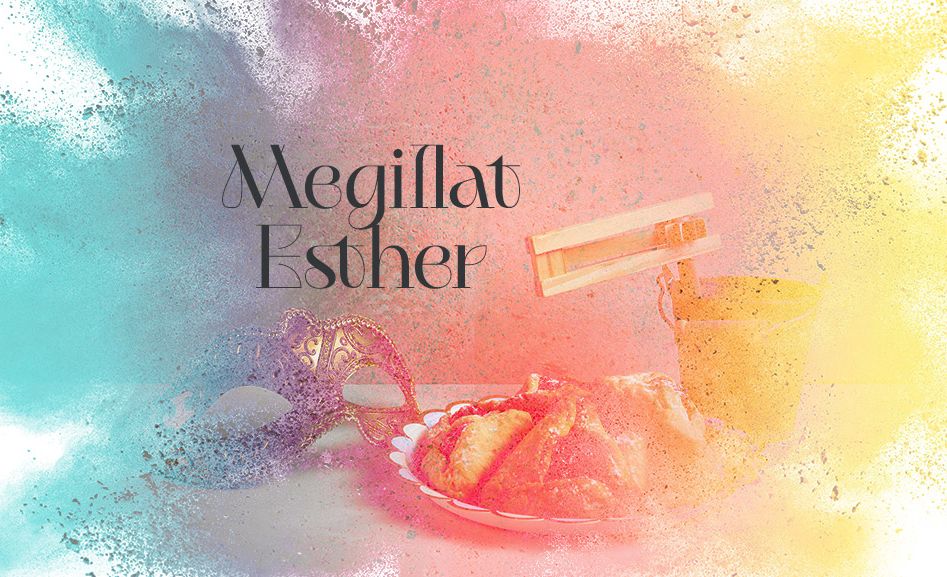
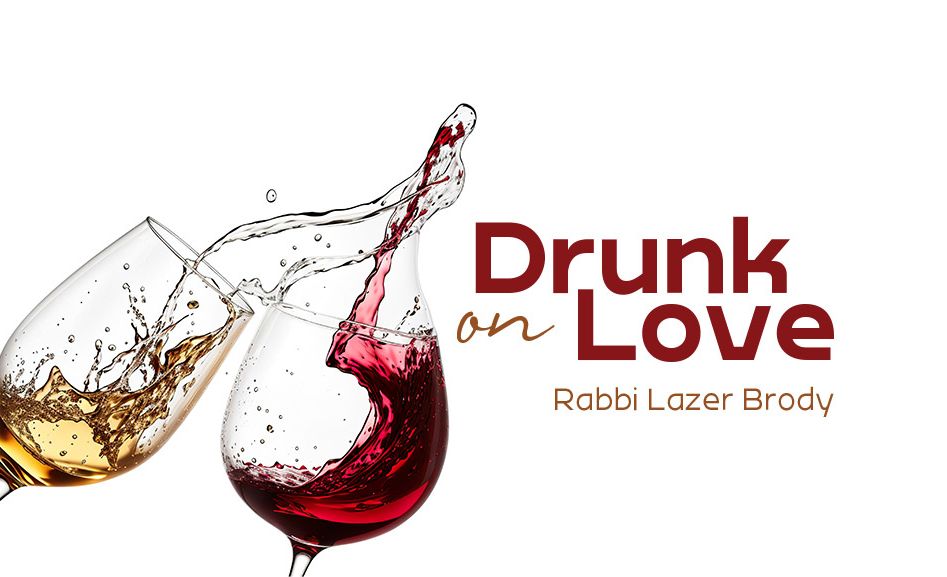

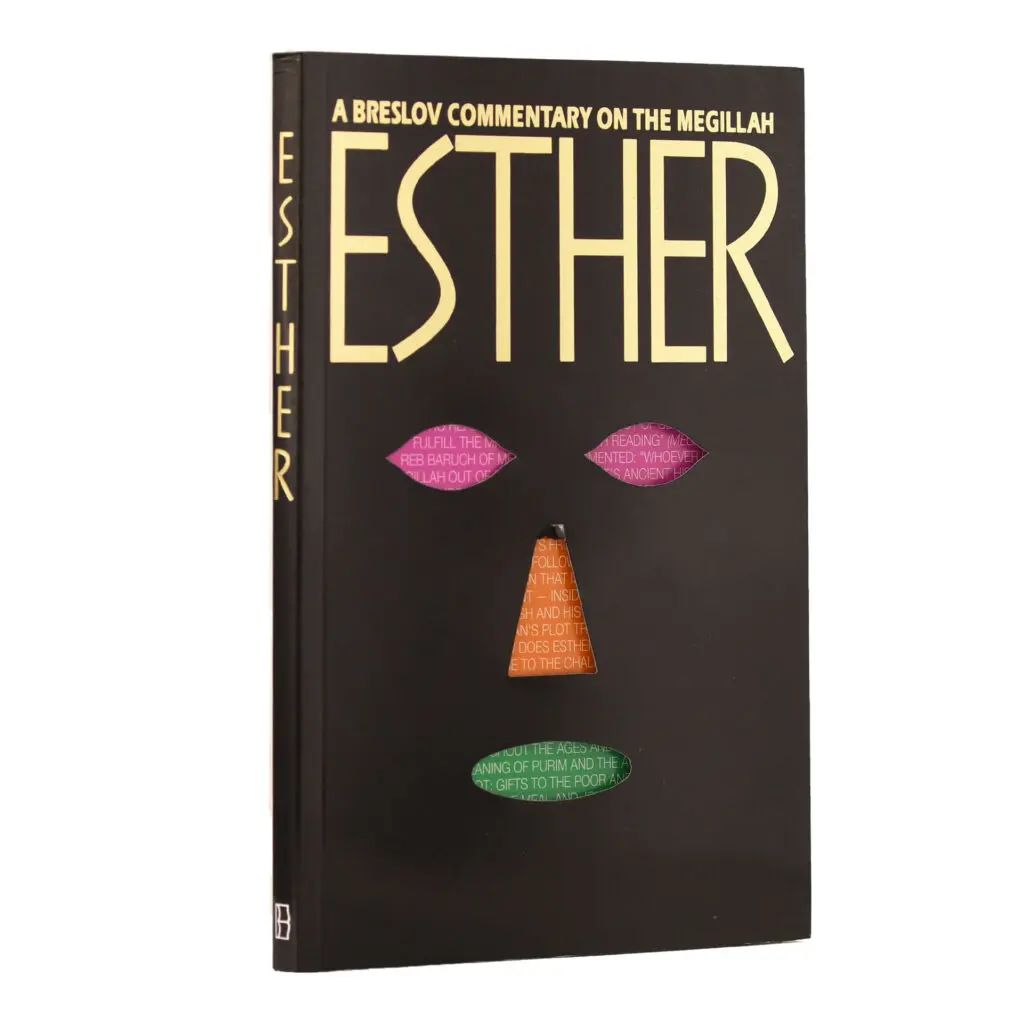
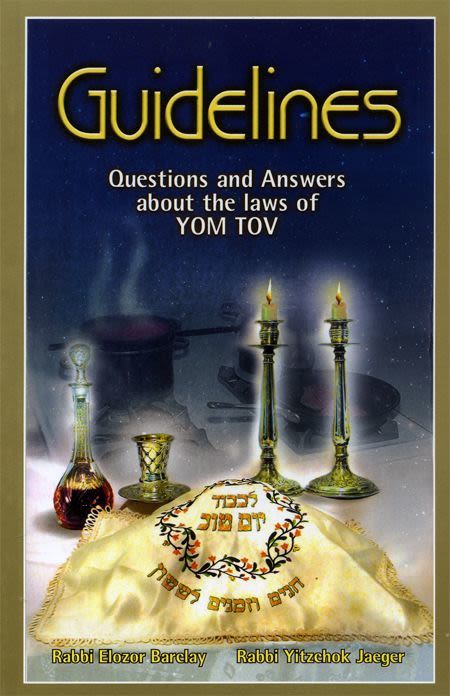
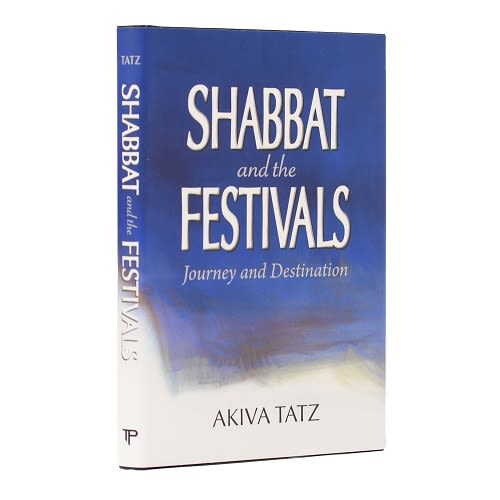
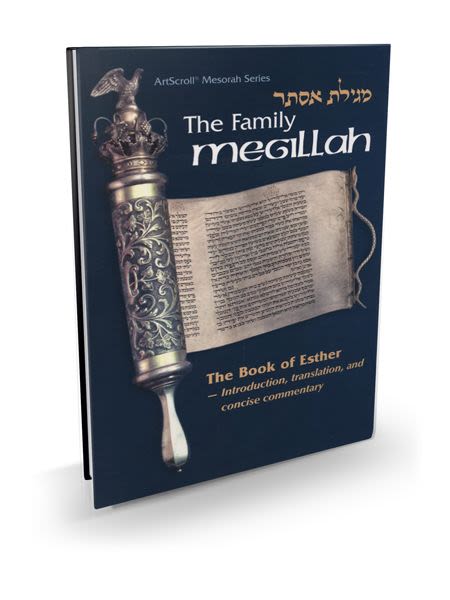
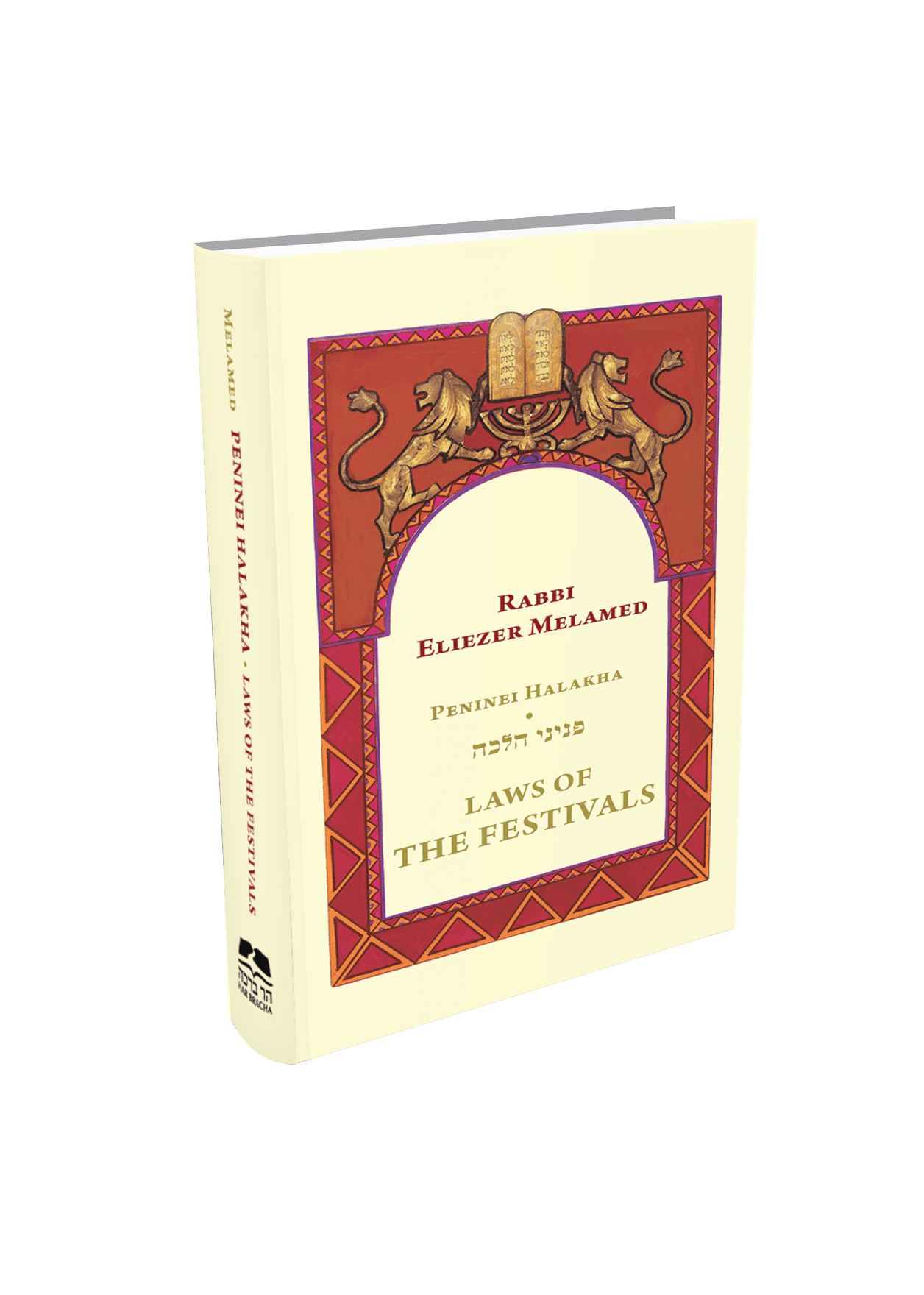

2/26/2009
you change my thinking….. Thank you rebbetzin for your wonderful unleashing of natural joy and simcha. You see, I am one of those awful “tidiers” and a new ba’alat teshuva, and this will be my first Purim where I feel some sort of obligation to really “make it” special. But as it goes against my “anti-balagan” nature I have been burning mental calories just trying to avoid the “dimyonos”! Your article really put a fresh, relaxing spin on the whole shebang and I will be re-reading it several times over!
2/26/2009
Thank you rebbetzin for your wonderful unleashing of natural joy and simcha. You see, I am one of those awful “tidiers” and a new ba’alat teshuva, and this will be my first Purim where I feel some sort of obligation to really “make it” special. But as it goes against my “anti-balagan” nature I have been burning mental calories just trying to avoid the “dimyonos”! Your article really put a fresh, relaxing spin on the whole shebang and I will be re-reading it several times over!